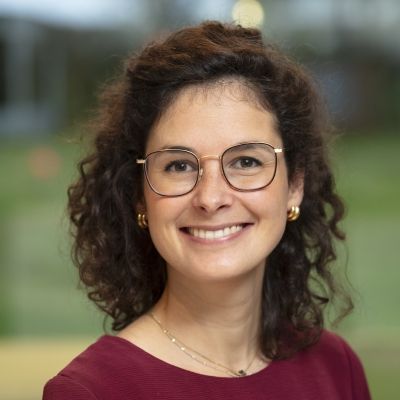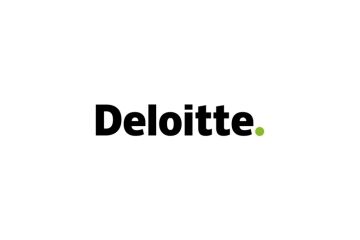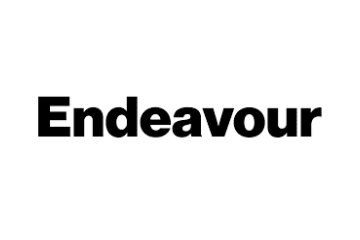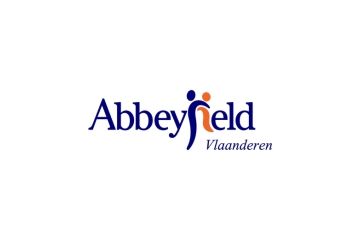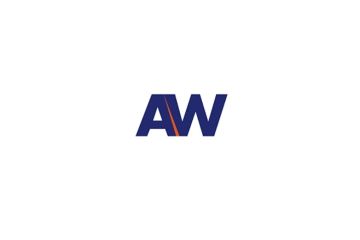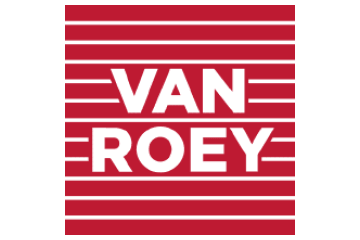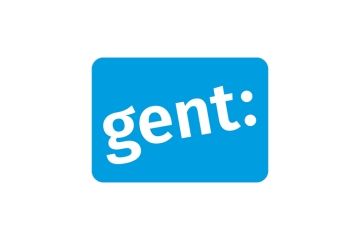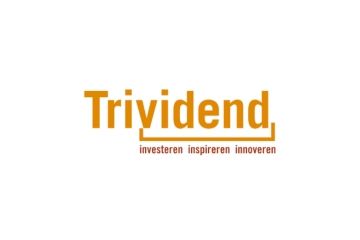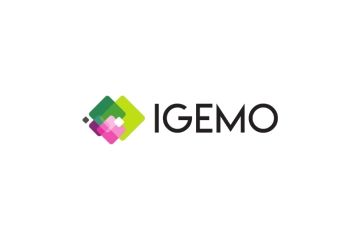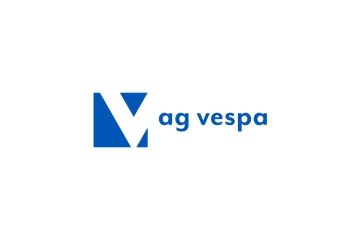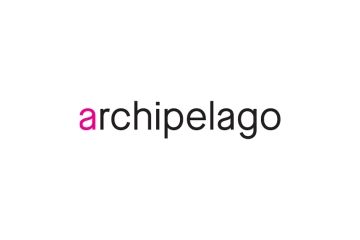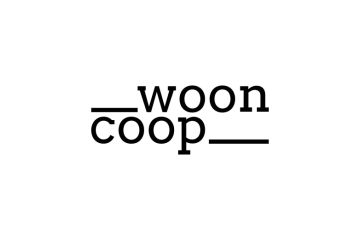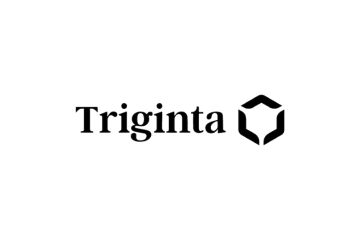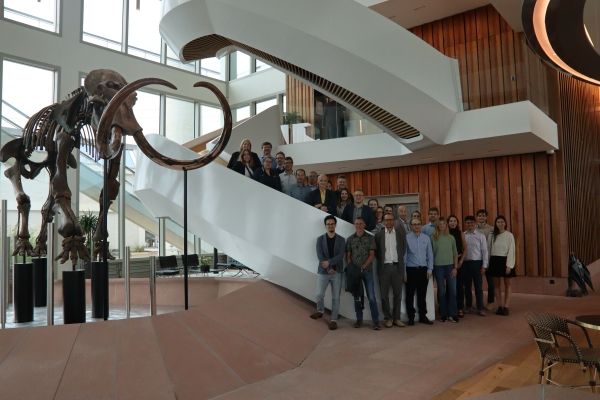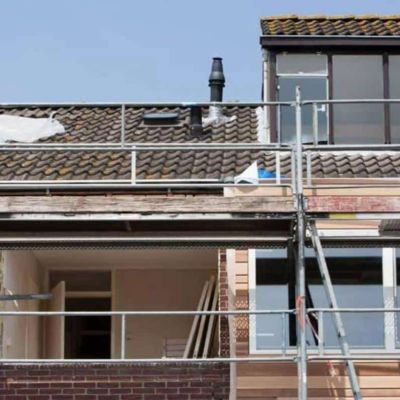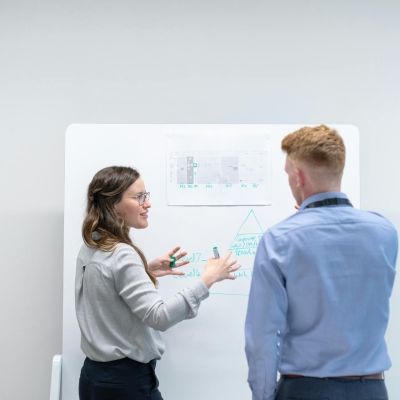
Living Lab Hybrid Housing
The Living Lab Hybrid Housing explores how the advantages of renting and owning can be combined to accelerate and scale up the transition towards hybrid housing models.
Through five interconnected transition pathways – users, land & properties, finance, buildings and governance – the lab identifies both barriers and opportunities.
Together with frontrunners in the field, researchers and public authorities, we develop levers and policy recommendations to firmly anchor the hybrid housing model within the Flemish housing landscape, while integrating circular and adaptable building principles.
The Living Lab Hybrid Housing is a collaboration between Deloitte, Groep Van Roey, Trividend, Archipelago, Endeavour, Symbiosis, Igemo, wooncoop, Abbeyfield, City of Ghent, AG Vespa, Triginta, Architectuurwijzer and VITO. The project is supported by VLAIO as part of the Living Labs Circular Economy programme, running from 2023 through 2025.
Challenging times for traditional housing
The Living Lab Hybrid Housing explores how the housing supply can be better aligned with the changing needs of our society. Affordable housing is under pressure, the scarcity of space and materials is increasing, and traditional housing models are often (partly) conceived as investments, which reduces their societal value.
A hybrid form of housing between renting and owning offers a structural alternative. Residents become co-owners of the building and thus benefit from the advantages of ownership: housing security, decision-making power, predictable housing costs and the possibility to build up capital. At the same time, they retain the flexibility of renting, with the option to sell their shares and leave the cooperative. Hybrid housing also relieves residents of the legal, organizational and technical complexities of building and managing property.
Housing cooperatives: proven model, not yet a breakthrough
Housing cooperatives are a well-known example of hybrid housing and have proven their value in several European countries. In Belgium, however, the number of projects remains limited. Despite encouraging signals from local and regional authorities, a structural breakthrough has yet to occur.
What the Living Lab investigates
The Living Lab Hybrid Housing examines how this can change. Through five interconnected transition pathways – users, land & properties, finance, buildings and governance – the lab identifies barriers and opportunities. Together with market players, knowledge institutions, public authorities and housing project initiators, we develop working models and policy recommendations to embed the hybrid housing model in Flanders.
The central research questions of the Living Lab are:
- Users: How can we provide (prospective) residents in (speculative and non-speculative) housing development projects with insight into the short- and long-term effects of rental, ownership and hybrid forms, so they can consciously shape their housing future?
- Land & properties: How can we convince (public and private) owners to deploy land and buildings in different ways, to increase accessibility?
- Finance: How can we create a balanced financial mix in which every funder or investor can find their place, taking into account both individual and societal costs and benefits?
- Buildings: Which circular solutions for multi-family housing help reduce (un)predictable management costs and vacancy? And at what scale (number of homes) do the benefits outweigh the construction and development costs?
- Governance: Who takes on which roles to accelerate hybrid housing solutions and circular building concepts in Flanders/Belgium? How do we encourage private landowners, financiers and local governments to join in?
Building on earlier insights
The Living Lab Hybrid Housing builds on insights from the research project CESCo XL (2021–2023). In this project, VITO, Endeavour, RebelGroup, UHasselt, Archipelago and Groep Van Roey developed a new circular housing concept with an innovative business model: the Circular Economy Service Coalition (CESCo).
In this model, a central party concluded a service agreement with residents (“housing as a service”) on the one hand, and performance-based contracts with construction partners for circular products and services on the other. CESCo XL mapped out fiscal and financial bottlenecks, developed a financial model and an assessment framework for circular design and opened the discussion on alternative ownership models such as split purchases and hybrid housing forms.
More information
This central overview of the Living Lab will be expanded in the coming months with results, working models and final documents. Keep an eye on this page for updates.
Partners
This project is supported by VLAIO.




